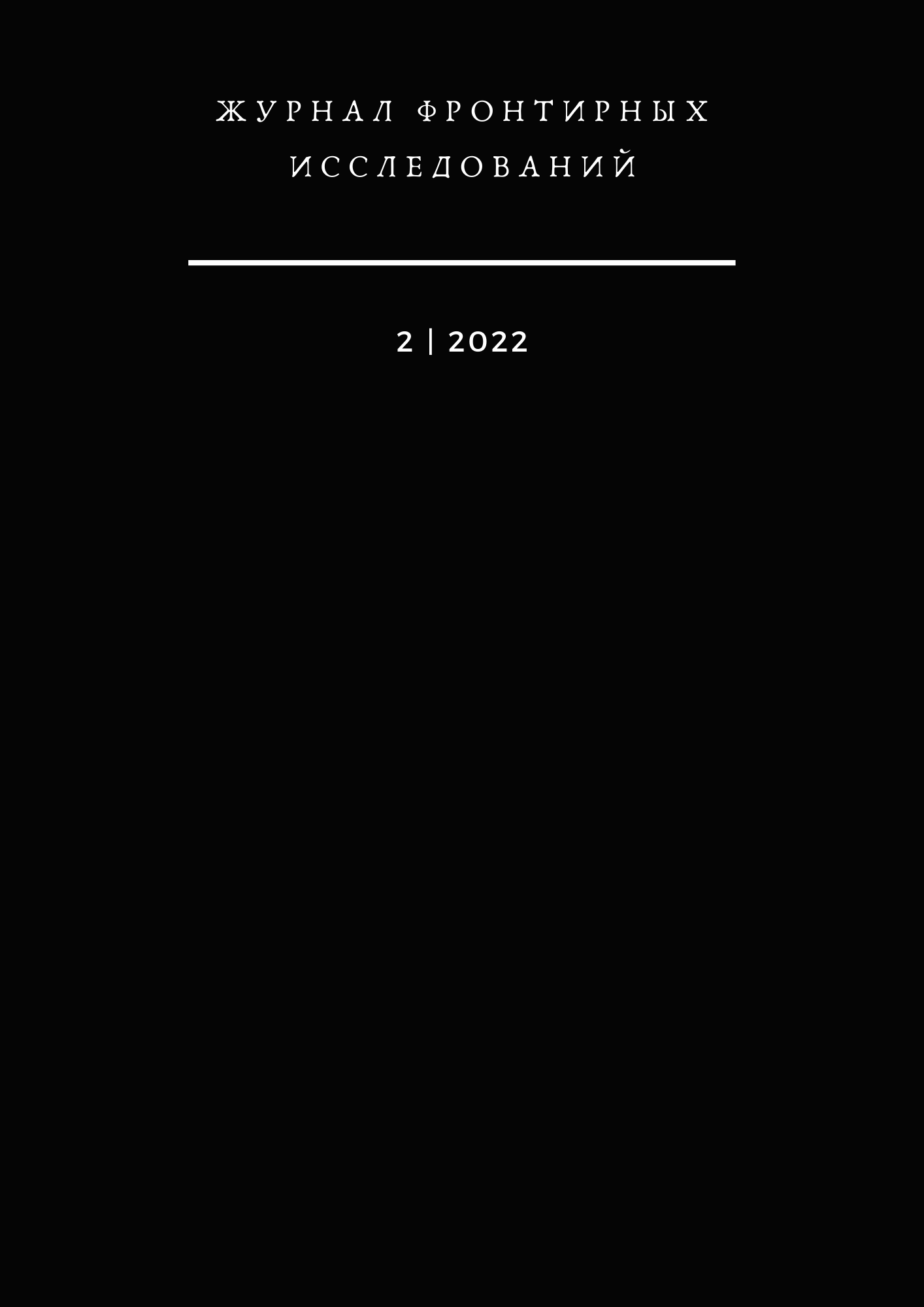Abstract
The collapse of the Soviet Union brought about a massive redefining of borders, formal as well as mental. Latvia was among those countries that needed to reshape their identity, and its elite opted for distancing the country from Russia and the Soviet past. The article studies how this approach is reflected in 32 local history museums around Latvia. Many of their collections were formed in the Soviet times, and now museums have to redescribe them in accordance with the new ideological framework of “two occupations”. The study presents an initial classification of museums according to their scope. The article highlights the underrepresentation of the Russian language in the texts of exhibitions despite a considerable share of the Russian-speaking population. The main connotations with Russia are singled out, the most emotional of them being the narrative of the “Soviet occupation” and deportations, that was excluded from the public discourse in the Soviet times, and now is re-actualized. Three strategies of dealing with the Soviet past within the framework of museums are described: leaving Soviet items without a consistent narrative, pushing this topic to the margins of the exhibition and rewriting the Soviet discourse in complete accordance with the new ideological framework.
References
Abizadeh, A. (2005). Does collective identity presuppose an other? On the alleged incoherence of global solidarity. American Political Science Review, 99(1), 45–60. https://doi.org/10.1017/S0003055405051488
Berger, P. L., & Luckmann, T. (1966). The Social Construction of Reality. A Treatise in the Sociology of Knowledge. Penguin Books.
Biedermann, B. (2016). The theory of museology: Museology as it is – defined by two pioneers: Zbyněk Z. Stránský and Friedrich Waidacher. Museologica Brunensia, 2, 51–64. https://doi.org/10.5817/MuB2016-2-6
Cahan, J. A. (2019). National identity and the limits of constructivism in international relations theory: A case study of the Suez Canal. Nations and Nationalism, 25(2), 478–498. https://doi.org/10.1111/nana.12423
Carter, M. J., & Fuller, C. (1966). Symbols, Meaning, and Action: The Past, Present, and Future of Symbolic Interactionism. Current Sociology, 64(6), 931–961. https://doi.org/10.1177/0011392116638396.
Eriksen, T. H. (1995). We and us: Two modes of group identification. Journal of Peace Research, 32(4), 427–436. https://doi.org/10.1177/0022343395032004004
Foucault, M. (1997). Of other spaces: Utopias and heterotopias. In N. Leach (Ed.), Rethinking architecture: A reader in cultural theory (pp. 330–337). Routlege.
Grässe, J. G. T. (1878). Zeitschrift für Museologie und Antiquitätenkunde sowie verwandte Wissenschaften. http://archive.org/details/zeitschriftfurmu58gras
Grässe, J. G. T. (1883). Die Musologie als Fachwissenschaft. Zeitschrift für Museologie und Antiquitätenkunde sowie verwandte Wissenschaften, 15. https://digital.slub-dresden.de/werkansicht/dlf/103236/28
Gritskevich, V. P. (2007). History of museum activities at the end of the 18th – beginning of the 20th centuries.. St. Petersburg State University of Culture and Arts. (In Russian).
Johnson, K., & Coleman, A. (2012). The Inner Other: Dialectical Relationships between the Construction of Regional and National Identities. Cultural and Humanitarian Geography, 1(2). https://gumgeo.ru/index.php/gumgeo/article/view/56 (In Russian).
Jørgensen, M., & Phillips, L. J. (2002). Discourse analysis as theory and method. SAGE Publications Ltd. https://doi.org/10.4135/9781849208871
Kazarinova, D. B., & Dunamalyan, N. A. (2022). Post-Soviet Identities Trajectories: Approaches, Models, Trends. Political Science, 1, 52–79. https://doi.org/10.31249/poln/2022.01.02 (In Russian).
Kulkina, V. M. (2018). Heterotopia as a way to space analyze. (Review). Social Sciences and Humanities. National and Foreign Literature. Ser. 7, Literary Studies: Abstract Journal., 2, 21–28. (In Russian).
Latvia and Russia sign final documents on border demarcation. (2017). https://tass.ru/mezhdunarodnaya-panorama/4676634 (In Russian).
Latvian is the mother tongue of 60,8 % of the inhabitants of Latvija. (2019). https://lvportals.lv/dienaskartiba/306714-608-latvijas-iedzivotaju-dzimta-valoda-ir-latviesu-2019
Latvijas Okupācijas Muzejs. (n.d.). History. https://okupacijasmuzejs.lv/en/history/1-soviet-occupation/
Mead, G. H. (1965). Mind, Self and Society. University of Chicago Press.
Piotrovsky, M. B. (2006). Philosophy of Museum Business. Herald of St. Petersburg State University, 1, 7‑10. (In Russian).
Popadić, M. (2020). The beginnings of museology. Muzeológia a Kultúrne Dedičstvo, 5–16. https://doi.org/10.46284/mkd.2020.8.2.1
Popravko, E. (2019). The Representation of Russia (USSR) in the Exxpositions of Chinese Museums. Journal of Frontier Studies, 4(2), 346–362. https://doi.org/10.24411/2500-0225-2019-10040 (In Russian).
Rudenko, N. I. (2005). Heterotopia as Overwriting: Museum Exhibits, Networks, and Practices. The Sociology of Power, 1, 181–195. (In Russian).
Schmitt, C. (1996). The concept of the political. University of Chicago Press.
Sofka, V. (1995). My adventurous life with ICOFOM, museology, museologists and anti-museologists, giving special reference to ICOFOM Study Series. ICOFOM.
Ulrich, P., & Troitsky, S. (2019). The Complexity of «Borders»: Research Agendas, Terminology and Classification. Journal of Frontier Studies, 4(2), 234–256. https://doi.org/10.24411/2500-0225-2019-10035 (In Russian).
Yureneva, T. Yu. (2004). Museology: Textbook for High School. Academic Project. (In Russian).
Zhirnova, L. S. (2021). Russia and Other Significant Others in Latvian Caricatures. Galactica Media: Journal of Media Studies, 3(3), 199–212. https://doi.org/10.46539/gmd.v3i3.196

This work is licensed under a Creative Commons Attribution 4.0 International License.

